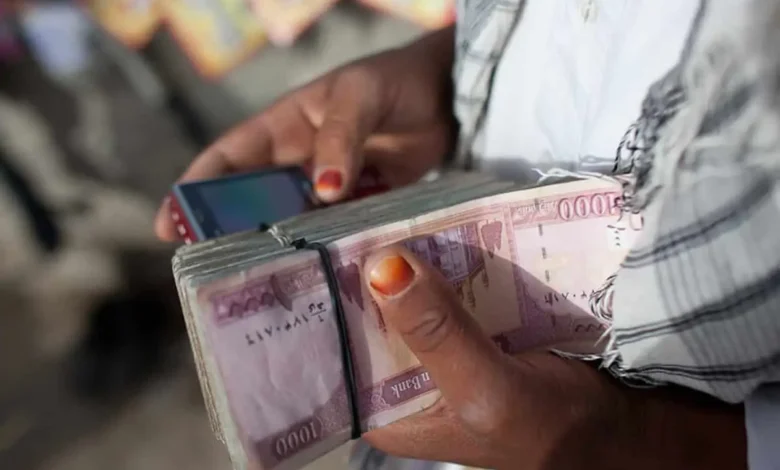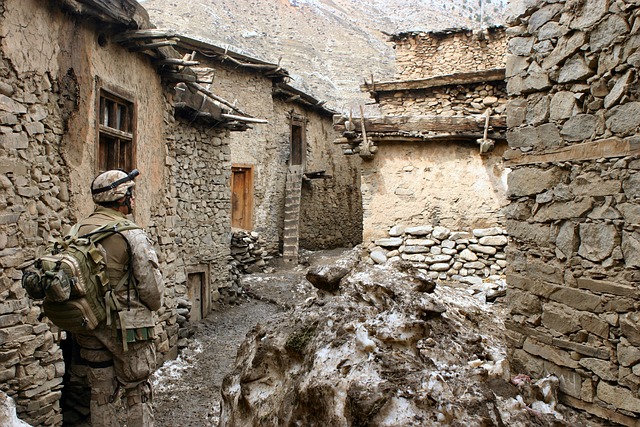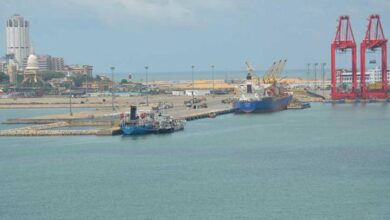Taliban-ruled Afghanistan’s currency emerges as the best-performing currency this quarter
The Taliban administration's decision to ban the use of dollars and Pakistani rupees in local transactions has also been instrumental in bolstering the strength of the Afghani.

Afghanistan’s currency, the Afghani, has emerged as the world’s best-performing currency this quarter, as per data compiled by Bloomberg. Provided by billions of dollars from humanitarian aid and booming trade with Asian neighbors, the Afghani has surged around 9% this quarter.
Taliban’s Move Boosts Currency
The Taliban administration’s decision to ban the use of dollars and Pakistani rupees in local transactions has also been instrumental in bolstering the strength of the Afghani. This is a significant development for a country recognized as one of the poorest in the world, combined with gloomy human rights records, said to be the worst globally. Other factors contributing to the Afghani’s rise are currency controls, cash inflows, and remittances which helped it climb against its competitors.

Contrasting against the Colombian peso’s 3% gain this quarter, it is a remarkable feat. Bloomberg data reveals that Afghani is up by about 14% for the year, ranking it third on the global list, lagging only behind the currencies of Colombia and Sri Lanka.
Afghanistan’s Ground Realities
Despite these positive figures, the persistent upheaval on the ground and the isolation of Afghanistan from the global financial system due to sanctions cannot be overlooked. The resilience of the Afghani also reflects the cutting down of the currency’s losses that were observed after the regime change.
“The hard currency controls are working, but the economic, social, and political instability will render this rise in the currency as a short-term phenomenon,” said Kamran Bokhari, an expert in Middle Eastern, Central and South Asian affairs at the Washington-based New Lines Institute for Strategy & Policy.
Moreover, the smuggling of dollars into Afghanistan from neighboring Pakistan has been a key component, providing a lifeline to the Taliban in the past few months. Da Afghanistan Bank, the country’s central bank, reveals that they are auctioning up to $16 million almost every week to support the currency. As a result, the limit for dollar withdrawals has been increased, alleviating pressure on the Afghani.
| Currency | Surge This Quarter | Overall Gain This Year |
|---|---|---|
| Afghan Afghani | 9% | 14% |
| Colombian Peso | 3% | Not provided |
Afghanistan has a history of turbulence. The previous Taliban rule from 1996-2001 was characterized by controversies, violence, and alleged support to global terrorist organizations. However, since their re-emergence following the withdrawal of NATO forces, the Taliban have implemented measures to stabilize the Afghani. Despite an economy steeped in unemployment and poverty, with two-thirds of households struggling to afford basic needs, the resilient performance of the Afghani suggests a complex socioeconomic landscape.
Humanitarian Crisis and Aid Dependency
As many would already be aware, Afghanistan is currently grappling with a severe humanitarian crisis. The difficulties faced by the Afghan people are numerous, layered, and complex, leaving the country in a dire state of emergency. Is there any end in sight? Let’s take a closer look.
The urgent dilemma that we must first address is the severe food shortages. According to the United Nations, approximately half of Afghanistan’s population faces acute food insecurity, making it one of the world’s worst hunger crises. With a collapsing economy and an escalating war, a substantial number of people have been thrust into dire poverty.
- Ravaged by droughts, the agricultural sector – a primary source of livelihood in the country, has taken a beating.
- Much-needed aid in the shape of food imports is also scarce due to logistical challenges and the country’s shifting political dynamics.
- The scarcity of affordable, nutritious food dismantles household food security, tipping communities towards malnutrition and death.
Alongside food shortages, the lack of access to healthcare services poses a threat to the community at large. The country’s healthcare system, as we know it, is on the brink of collapse. With wages unpaid and essential medical supplies dwindling, thousands of health facilities risk closure.
- The lack of access to primary healthcare services is hitting children and women the hardest.
- Pervasive fear and ongoing conflict prevent many from receiving adequate medical care.
- COVID-19 adds yet another layer of complexity to the crisis, with vaccination efforts severely hindered.
In the wake of these hardships, the country has also seen massive displacement of civilians. People are fleeing their homes in search of safety and resources, adding to the already large population of internal refugees.
It is clear that Afghanistan is highly dependent on foreign aid, which is facing its own challenges. With the Taliban now in control, the delivery of aid has become a complex and risky endeavor. There is an urgent need to address the shifts and devise strategies to ensure help reaches the most vulnerable communities.
Amidst these grim realities, the international community’s response to the humanitarian crisis is divergent. While some nations have pledged continuous support, others have scaled back their contributions, suspecting the aid might be used to fuel further crises. In such times, the role of organizations like the United Nations and NGOs has gained more importance. These organizations remain dedicated to lifting the struggles of the Afghan people, carrying out relief operations under difficult circumstances.
Please, also have a look into : Taliban officials to attend IIM Kozhikode’s course on India



